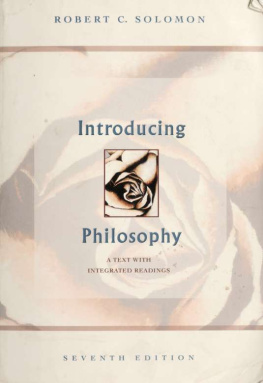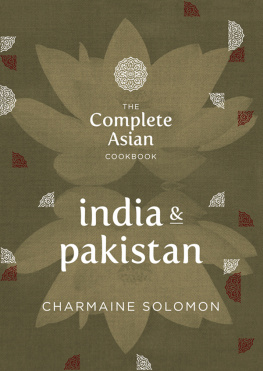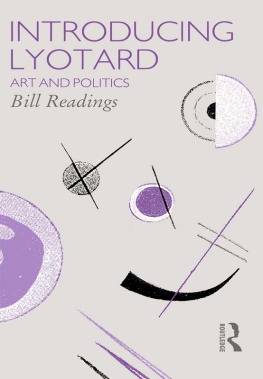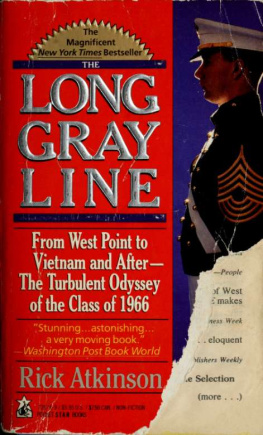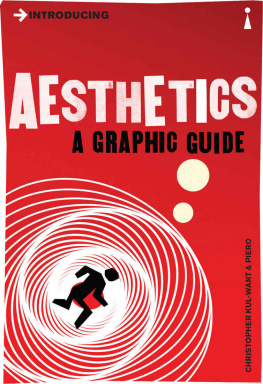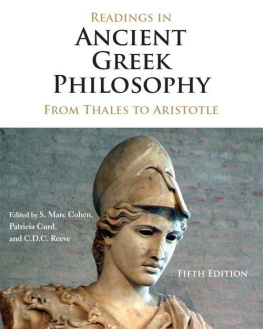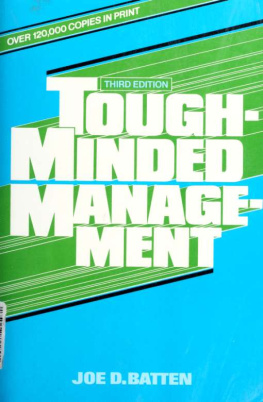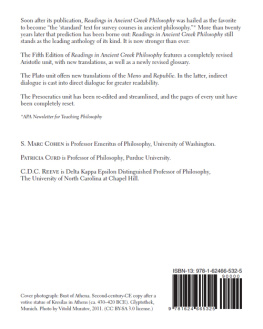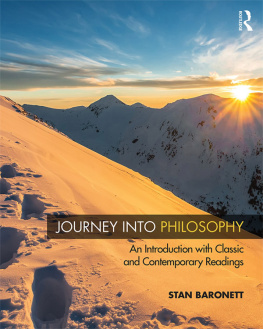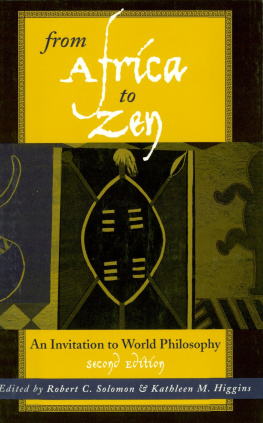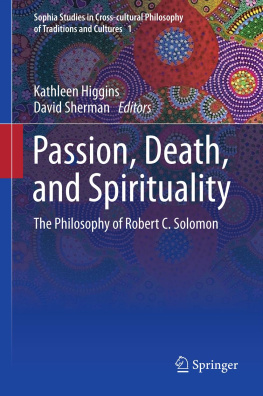Solomon - Introducing philosophy : a text with integrated readings
Here you can read online Solomon - Introducing philosophy : a text with integrated readings full text of the book (entire story) in english for free. Download pdf and epub, get meaning, cover and reviews about this ebook. City: Fort Worth, TX, year: 2001, publisher: Harcourt College, genre: Politics. Description of the work, (preface) as well as reviews are available. Best literature library LitArk.com created for fans of good reading and offers a wide selection of genres:
Romance novel
Science fiction
Adventure
Detective
Science
History
Home and family
Prose
Art
Politics
Computer
Non-fiction
Religion
Business
Children
Humor
Choose a favorite category and find really read worthwhile books. Enjoy immersion in the world of imagination, feel the emotions of the characters or learn something new for yourself, make an fascinating discovery.
Introducing philosophy : a text with integrated readings: summary, description and annotation
We offer to read an annotation, description, summary or preface (depends on what the author of the book "Introducing philosophy : a text with integrated readings" wrote himself). If you haven't found the necessary information about the book — write in the comments, we will try to find it.
Introducing philosophy : a text with integrated readings — read online for free the complete book (whole text) full work
Below is the text of the book, divided by pages. System saving the place of the last page read, allows you to conveniently read the book "Introducing philosophy : a text with integrated readings" online for free, without having to search again every time where you left off. Put a bookmark, and you can go to the page where you finished reading at any time.
Font size:
Interval:
Bookmark:

This book made available by the Internet Archive.
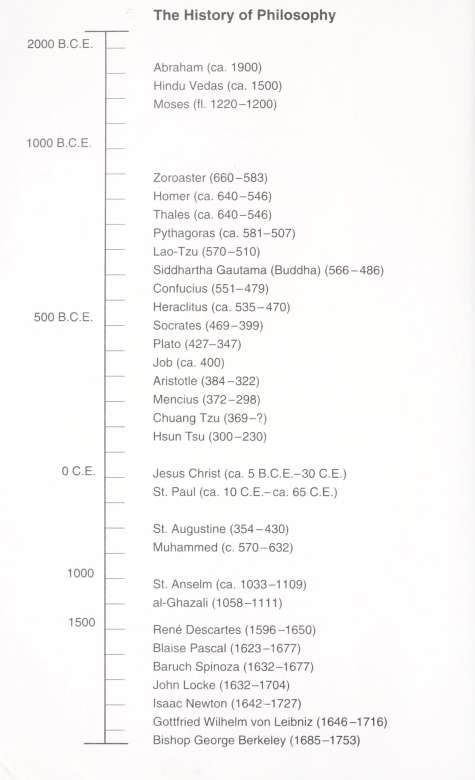
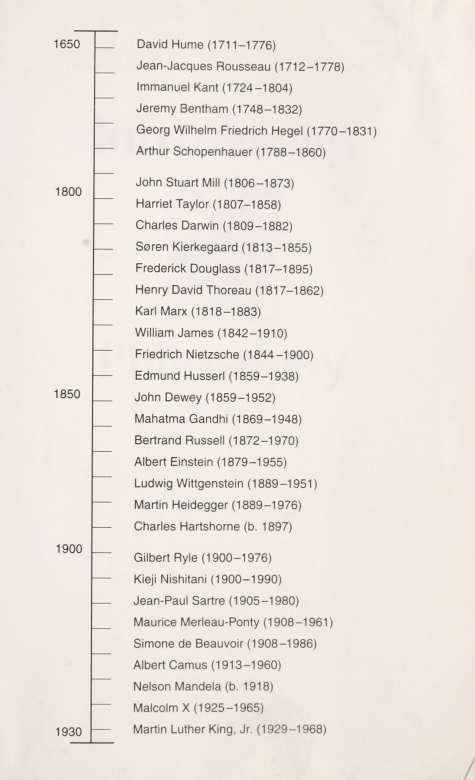
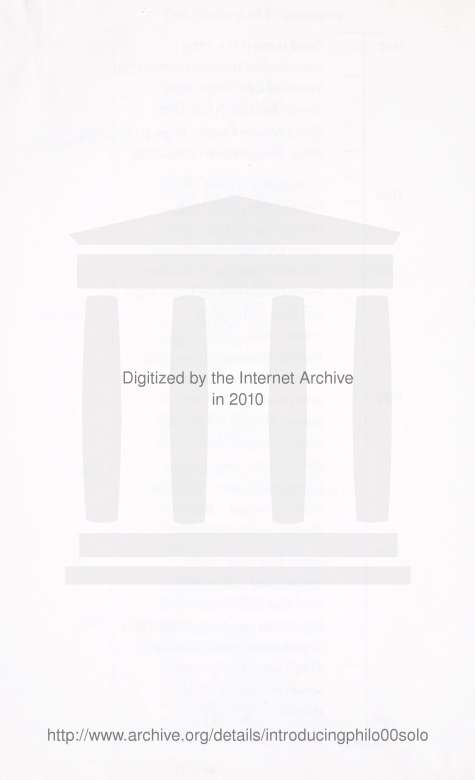

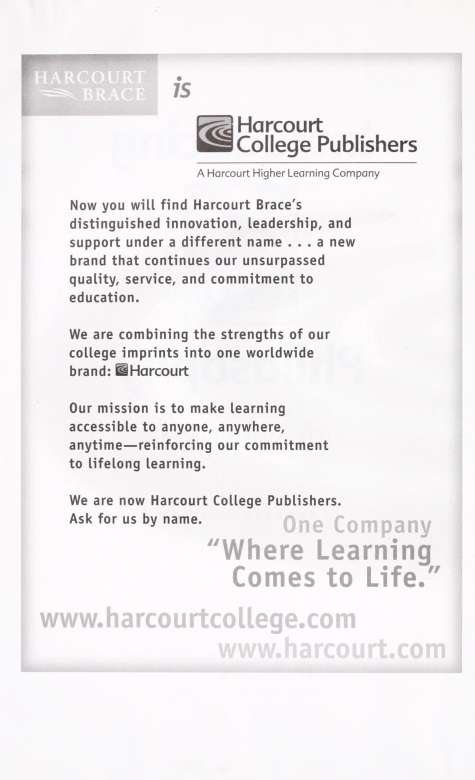
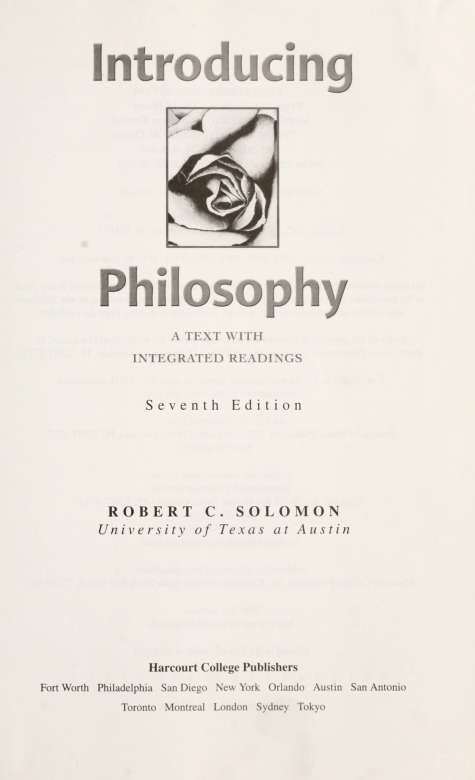
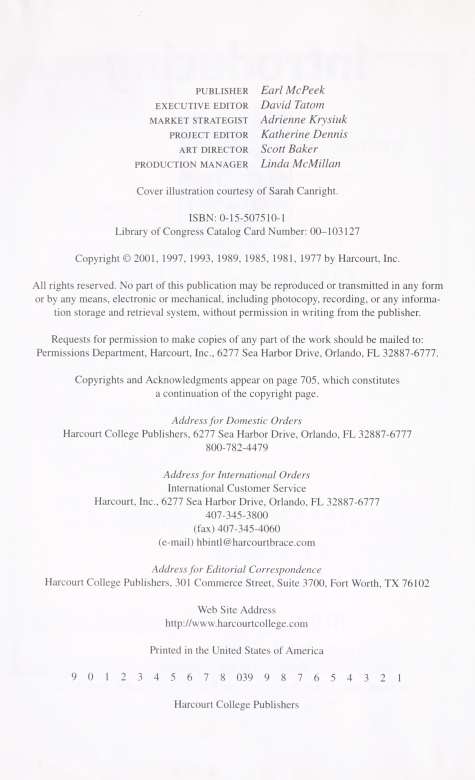
For Vita P. Solomon She brought me into life and taught me it was art.
PREFACE
Introducing Philosophy: A Text with Integrated Readings presupposes no background in the subject and no special abilities. Intended primarily as a textbook for a one- or two-semester introductory course, the book provides the course materials from which instructors and students can focus on a variety of problems and perspectives. The point of this textbook is to present students with alternatives on every issue and let them arrive at their own conclusions. These conclusions should be based on arguments in class and with friends or classmates, as well as on the discussions in this book. The purpose of philosophy is to encourage each person to think for himself or herself; no single source of arguments or information can take the place of personal dialogues and discussions. A textbook is ultimately a sourcebook; everything in it is to be taken as a cause for further argument, not as a final statement of results. This book does not attempt to sway students toward any particular philosophical positions, but rather presents basic philosophical problems and powerful philosophical arguments to encourage students to think for themselves.
This book derives from thirty years of teaching in very different schools in various cities and states. It is based on the belief that philosophy is a genuinely exciting subject, accessible not only to specialists and a few gifted undergraduate majors but to everyone. Everyone is a philosopher, whether enrolled in a philosophy course or not. Most of us are concerned with the same basic problems and use the same essential arguments. The difference is that someone who has studied philosophy has the advantage of having encountered stronger and more varied arguments than might have been available otherwise. In this book, the views of the major philosophers of the past twenty-five hundred years are used to give students these various arguments. This approach offers introductory students direct contact with substantial readings from significant works in the history of philosophy, but removes the unreasonable demand that they confront these often difficult works in full and without commentary or editing, as they would in the originals or in most anthologies. This book is not, however, a historical introduction but rather an introduction to the problems of philosophy and the various ways in which they have been answered. The history of philosophy thus serves to illuminate these problems and replies, not the other way around.
Although the language of philosophy is often specialized and sometimes difficult, this book is as free of jargon and special terminology as possible. Where necessary.
PREFACE
the most important and widely used philosophical terms are carefully introduced within the text and also summarized in glossaries at the end of each chapter. Brief biographies of the philosophers discussed are provided at the end of the book. Although the book deals principally with the philosophers' ideas rather than with their lives, it is valuable to have the student learn their place in history.
Responses to the first six editions of Introducing Philosophy have been both gratifying and helpful in the preparation of this revision for a new generation of students. In this seventh edition, the most obvious change is a thorough editing and reorganization of the book and the readings. We decided that the best way to improve the book, in addition to bringing some of the "hotter" areas of philosophy up-to-date, was to put it through a rigorous weight-reduction regime. The readings have been edited for clarity and conciseness, the additions of feminist and "multicultural" material have been better integrated into the text, long chapters have been split apart, and sections have been more clearly defined. These improvements will give the instructor greater ease and flexibility in creating his or her own course with the text, using some sections of a chapter but not others, or rearranging the order of treatment from the one that appears here. A more descriptive table of contents should make the availability of such choices and arrangements more evident and efficient. The following section will make clear the various possibilities for using the seventh edition of Introducing Philosophy as a beginning philosophy textbook.
For the Instructor: How to Use This Book
Introducing Philosophy is written for a complete course, and the chapters build on one another in logical sequence. Nevertheless, each chapter has been written as an independent unit so that it is possible to use the book in a variety of ways and for a variety of courses. Within each chapter, too, various sections can be selected for shorter discussion. For example, some instructors may want to use only the first sections of Chapter 2 (Religion) or only a few key sections from Chapter 5 (Self) and Chapter 7 (Freedom). Some may want to emphasize the multicultural material. Others may choose to omit this material and focus on classical Western philosophy.
A full course might include the Introduction and all ten chapters, but this may be a heavy load for an average one-term course. At the other extreme, a short course (for example, a summer term or a class that meets only once a week, a quarter system, or a class that prefers to treat a few central issues in detail) might only use half the chapters. The following outlines are suggestions for a variety of uses of the book adapted to different lengths and kinds of classes:
MAXIMUM COURSE (onc Very full term): Introduction; Chapters 1-10
MINIMUM COURSE (summer, part-time, quarter): Introduction; Chapters 1, 2, 3, 5
TWO-TERM course:
First term: Introduction; Chapters 1-6 Second term: Introduction; Chapters 7-10
PREFACE XI
AVERAGE COURSE (14-16 week term; chapters in parentheses are optional): Introduction; Chapters 1, 2, (3), (4) 5,(6) 7, 8, (9), (10)
ETHIS AND religion/values COURSE
Introduction; Chapters 2. 5, 8, 9, (10),
METAPHYSICS AND EPISTEMOLOGY COURSE
Introduction; Chapters 1 (2) 3, 4, (5), 6, 7
Some classes may prefer to begin with either Chapter 2 (Religion) or Chapter 8 (Ethics) and reorder the sequence of chapters. The basic coursetailored to the average one-term, 14-16 week class meeting three times a weekwould be:
Introduction; Chapters 1, 2, 3, 5, 6, 7, 8, 9
The remaining chapters can be added as time and interest permit.
In this edition, I have used alphabetic letters and numbers to designate sections and subsections within the chapters. Because some of the most important chapters (e.g.. Knowledge, Self, Freedom, and Ethics) are longer and more involved, many instructors prefer to assign a few sections rather than an entire chapter. For instance, in Chapter 4 some instructors may prefer to deal only with the standard three theories of truth and dispense with the material on European philosophy (Kant and following) in the sections that follow. Others may prefer to delete the theories of truth and launch right into Kant following the discussion of Hume. So, too, some instructors may prefer to deal with the arguments concerning God's existence but dispense with the problem of evil; some may want to talk only about the basic problem of freedom versus determinism without subjecting students to the (comparative) subtleties and intrigue of the variations of "soft determinism." Other instructors may want to teach a brief history of ethics (Aristotle, Hume, Kant, Mill) without treating such general topics as ethical relativism. I am confident that this new edition makes all of this much easier to do.
Font size:
Interval:
Bookmark:
Similar books «Introducing philosophy : a text with integrated readings»
Look at similar books to Introducing philosophy : a text with integrated readings. We have selected literature similar in name and meaning in the hope of providing readers with more options to find new, interesting, not yet read works.
Discussion, reviews of the book Introducing philosophy : a text with integrated readings and just readers' own opinions. Leave your comments, write what you think about the work, its meaning or the main characters. Specify what exactly you liked and what you didn't like, and why you think so.

